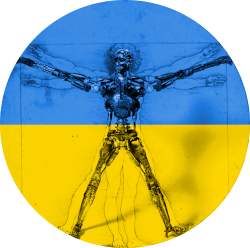
Tackling the Toolkit pp 75–90
Peeking Inside the Rhythmic Possibilities of the Portuguese Decassílabo
,
,
Abstract
The Portuguese decassílabo has a rich internal structure, which is usually analyzed in terms of the rhythmic patterns revealed by verse scansion. In this article, we aim to explore how the stress of one syllable influences another. In order to achieve this goal, we use raw rhythmic patterns, that is, ones in which stress clashes have not been resolved. To exploit these patterns, we apply three methods: tile plots, indices and graphs. Based on our investigation of a corpus of 24 poets, we find that poets who employ similar rhythmic patterns may not share the same preferences concerning stress clashes and may produce different dependence relations. Because many of the associations among syllables reflect the use of one of the two basic types of decassílabo, namely the heroic and Sapphic variants, we also propose verse classifications that are useful for understanding and comparing the works of different poets. The main conclusion of this study is that although the decassílabo has certain general features, much room remains for poets to create their own interpretations of the form.About
Mittmann, A., Esteves, G., & Luiz dos Santos, A. (2021). Peeking Inside the Rhythmic Possibilities of the Portuguese Decassílabo. In P. Plecháč, R. Kolár, A. S. Bories, & J. Říha (Eds.), Tackling the Toolkit: Plotting Poetry through Computational Literary Studies (pp. 75–90). Prague: ICL CAS. doi: 10.51305/ICL.CZ.9788076580336.06DOI
http://doi.org/10.51305/ICL.CZ.9788076580336.06
Print ISBN
978-80-7658-032-9
Online ISBN
978-80-7658-033-6
Published under Creative Commons Attribution 4.0 International License (CC BY 4.0)
